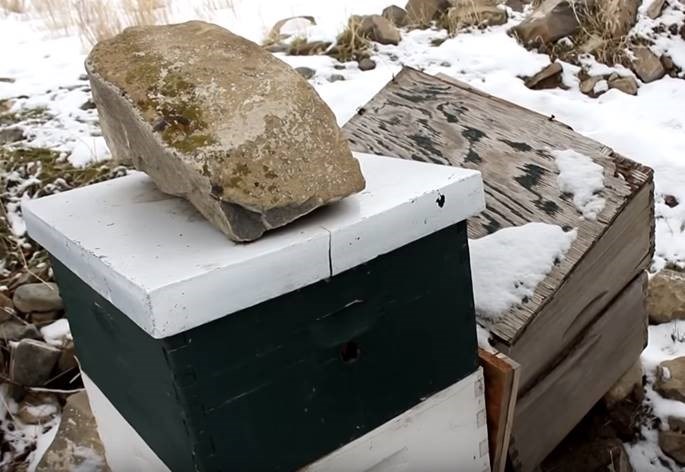Although bumblebees are thought to be the big brother to honey bees, their winter behavior and their protection devices are not.
A colony of honey bees will keep their nest warm and safe throughout the winter, although smaller than a summer colony.
They eat and work all winter long using up a large supply of stored food. Bumblebees, on the other hand are very similar to wasps and hornets, only newly mated queens survive by hibernating over winter.
In the spring, both bees and bumblebees begin to pollinate flowers and rebuild their colonies. But, did you know that not all bees die after stinging?
There are several varieties of bees including honey bees, bumblebees and carpenter bees that all sting when threatened.
All stinging bees are females because the stinger is actually an altered ovipositor (transmitting eggs, preparing a place for it, and placing it properly).
Bumblebees and carpenter bees have smooth barbless stingers similar to wasps and hornets, and are capable of stinging multiple times without dying. But for honey bees, using their barbed stinger is a onetime event.
The barbed sting gets stuck in the victim and when the bee flies away it effectively disembowel itself causing it to die.
Once the barbed sting is detached it continues to pump venom into their victim.
A non-allergic 160 lb person can tolerate over a 1000 stings. The bee’s sting is caused by an acidic compound in their venom called and the swelling is caused by histamines.
Editor’s note: Go Green Pest Control owner Randy Bilesky is a long-time South Delta resident. Trained and certified, Bilesky has first-hand knowledge of the pest problems that local homeowners and business owners encounter.


